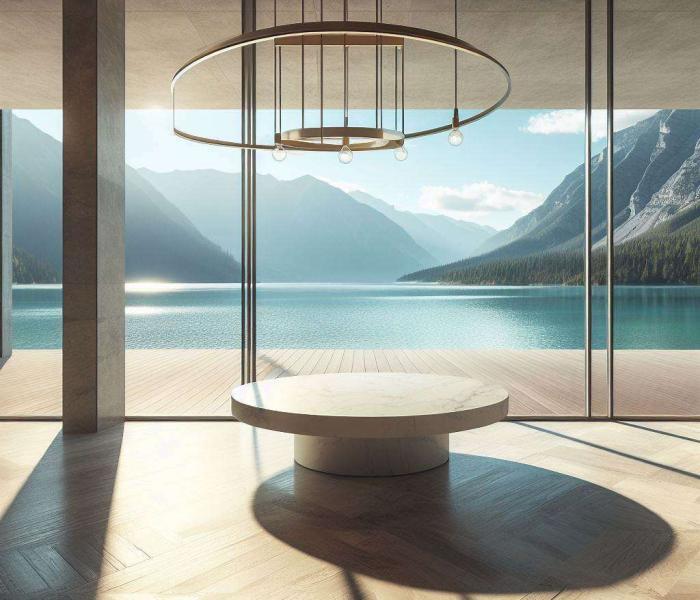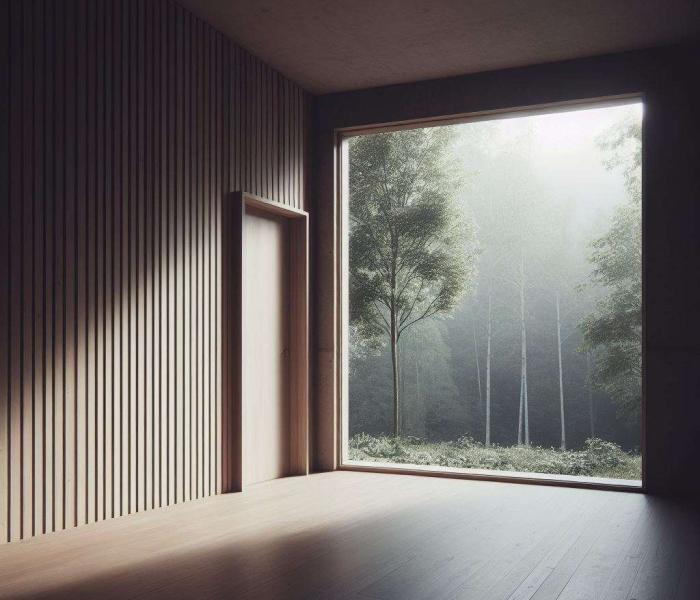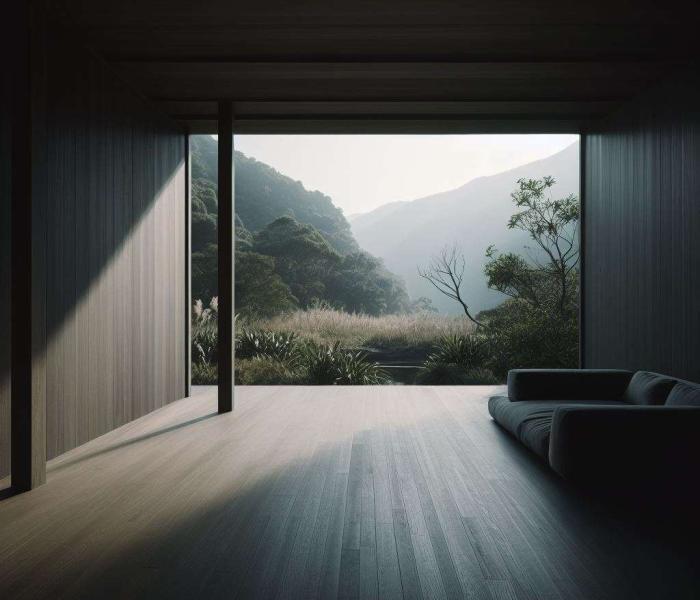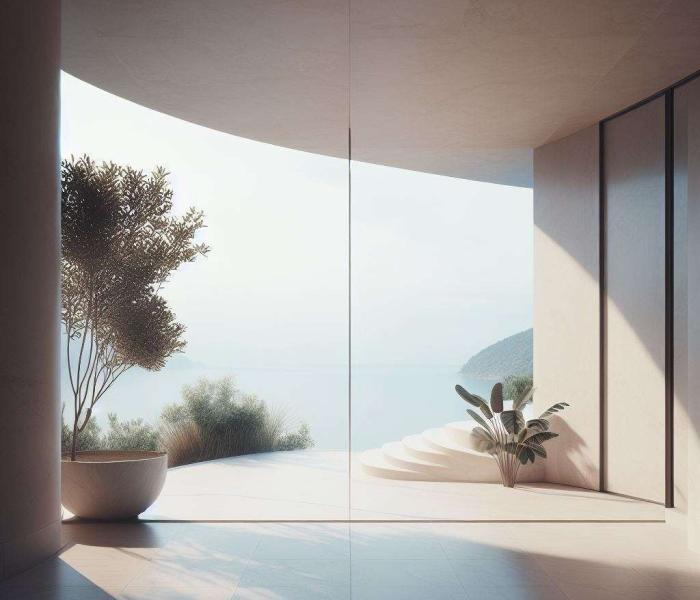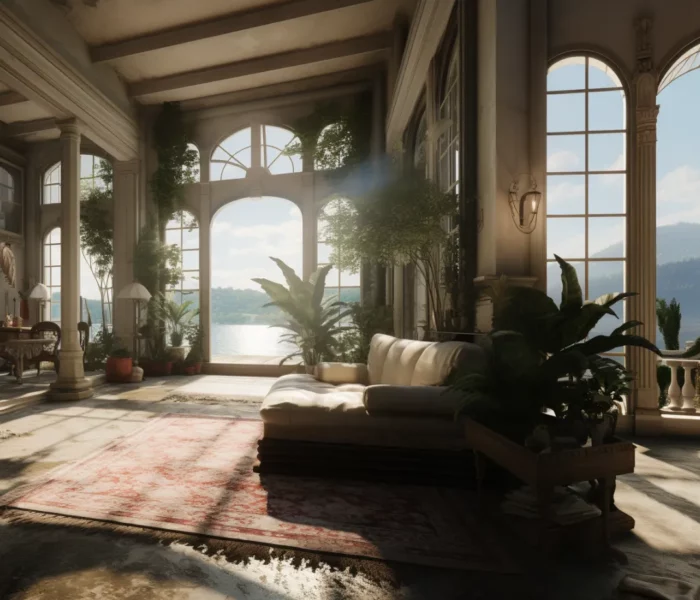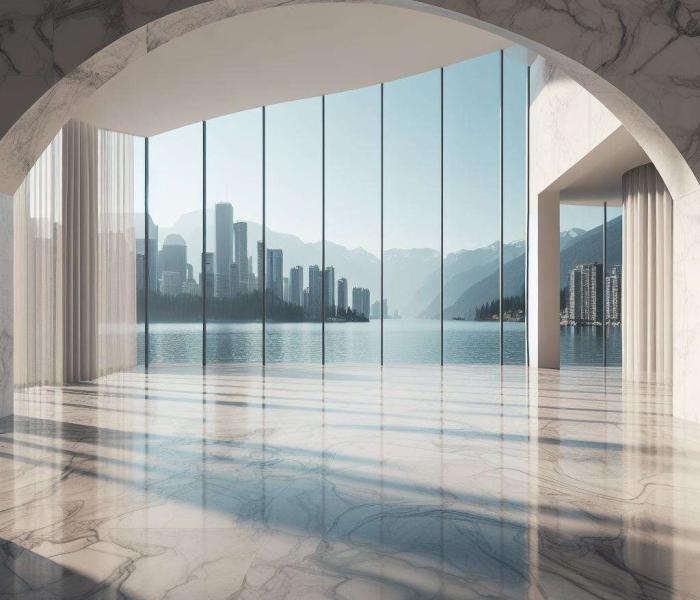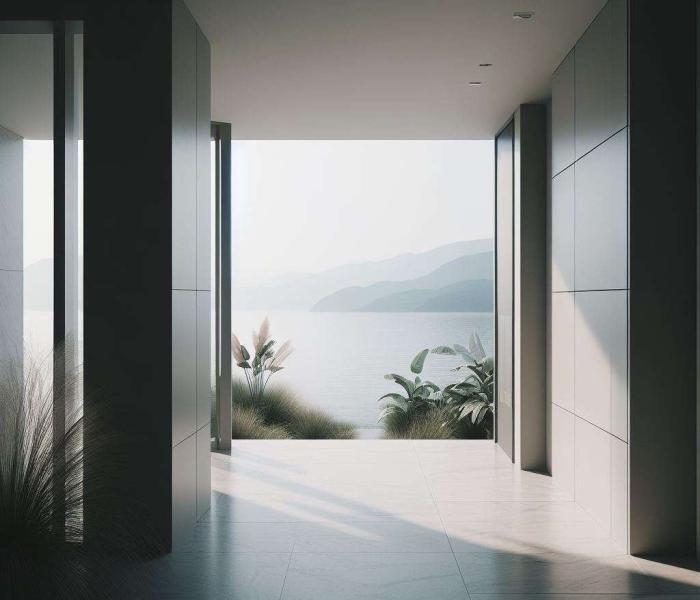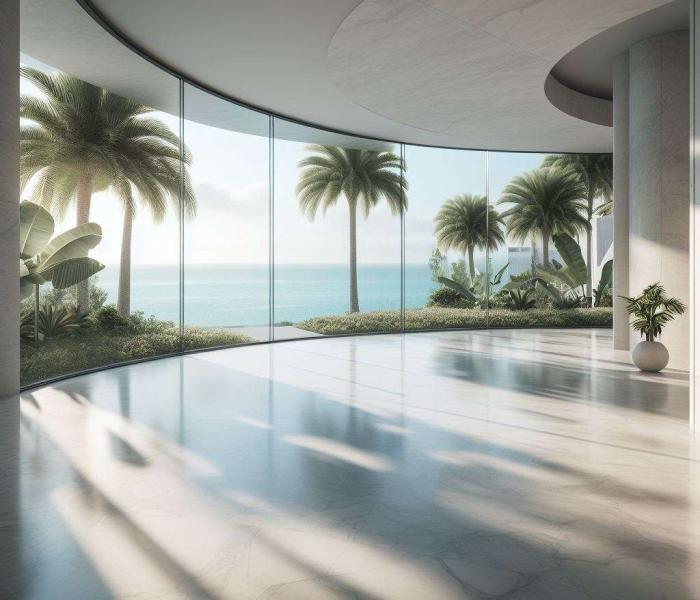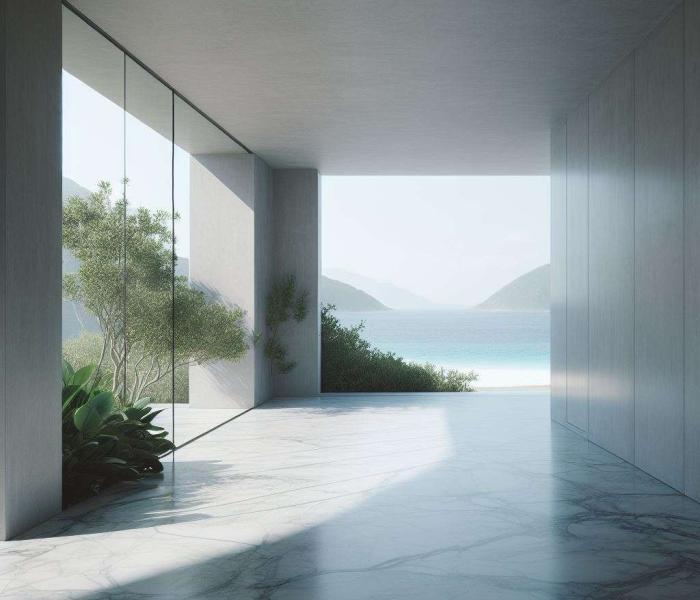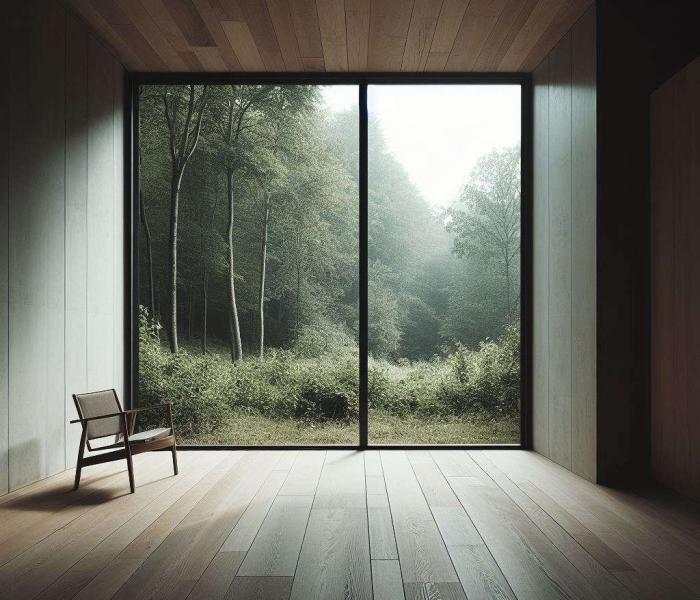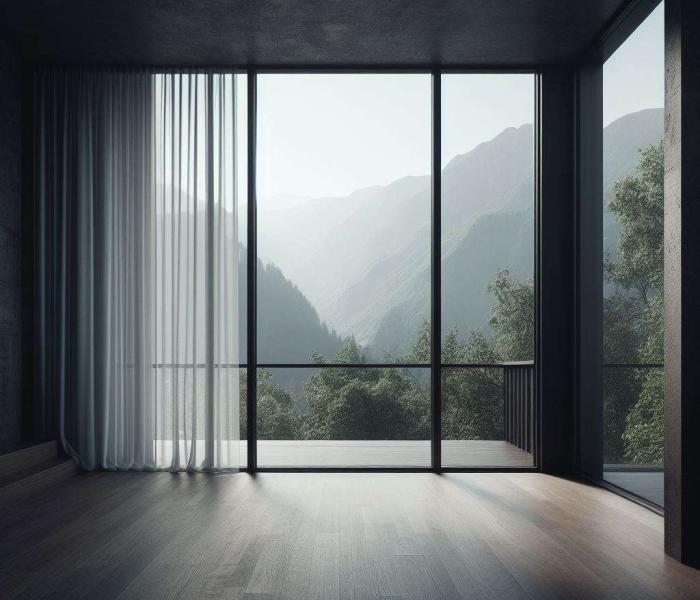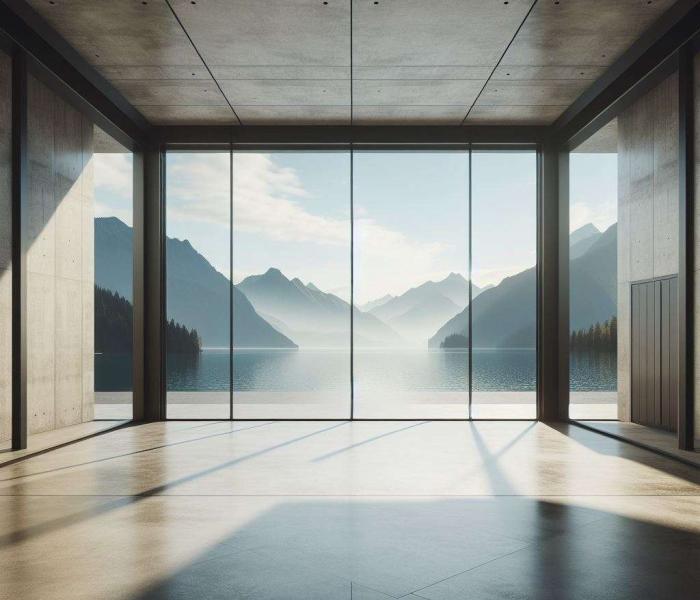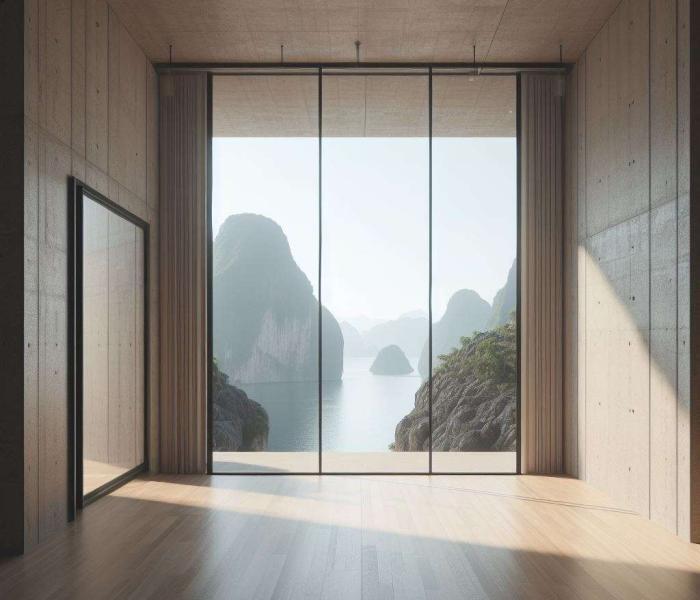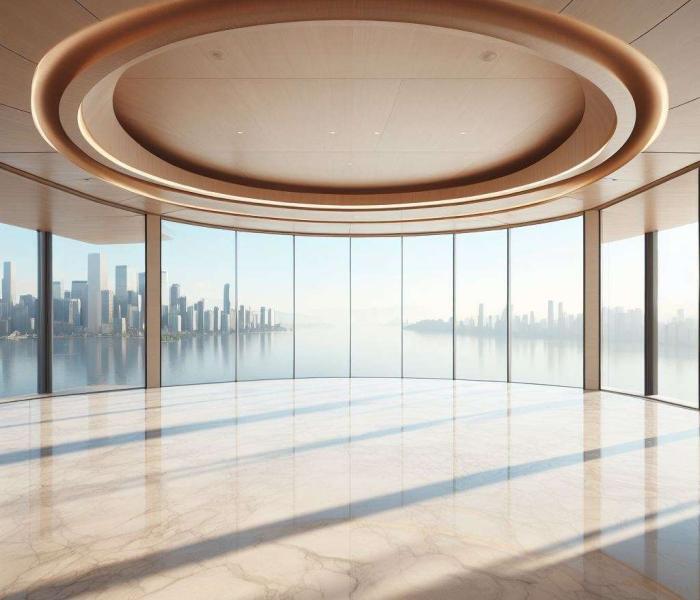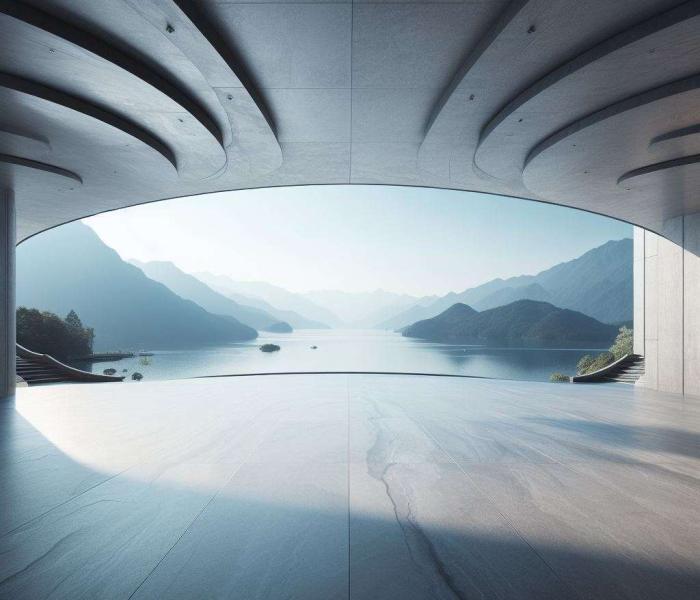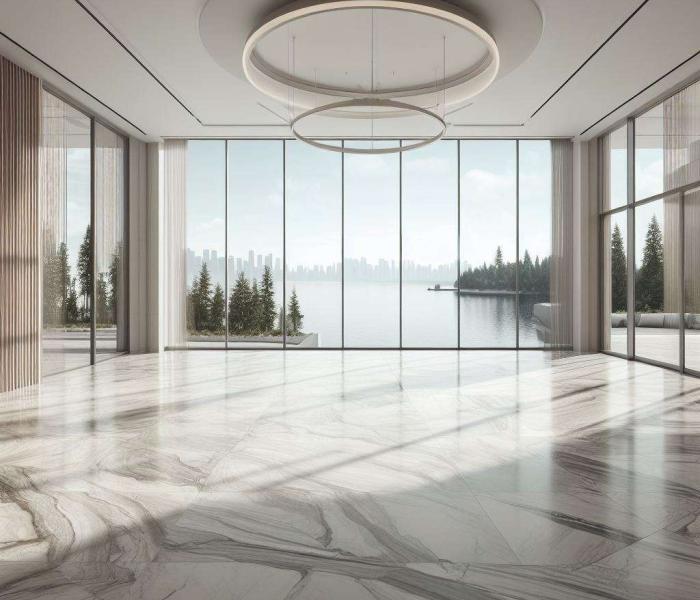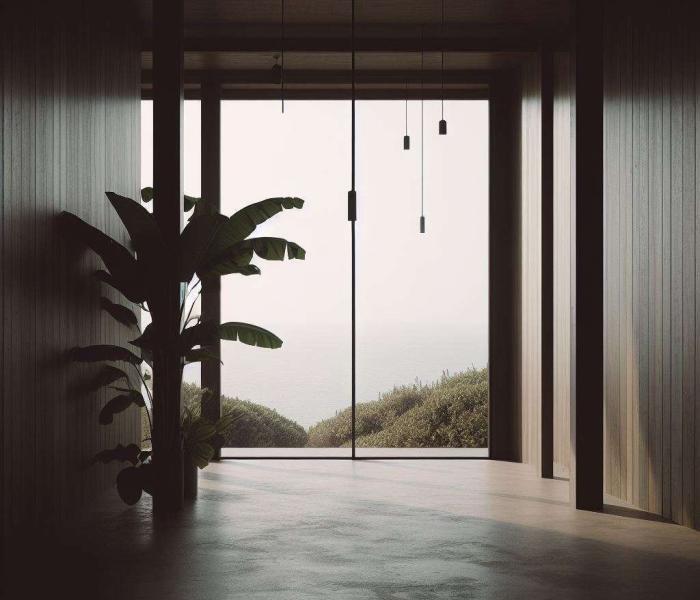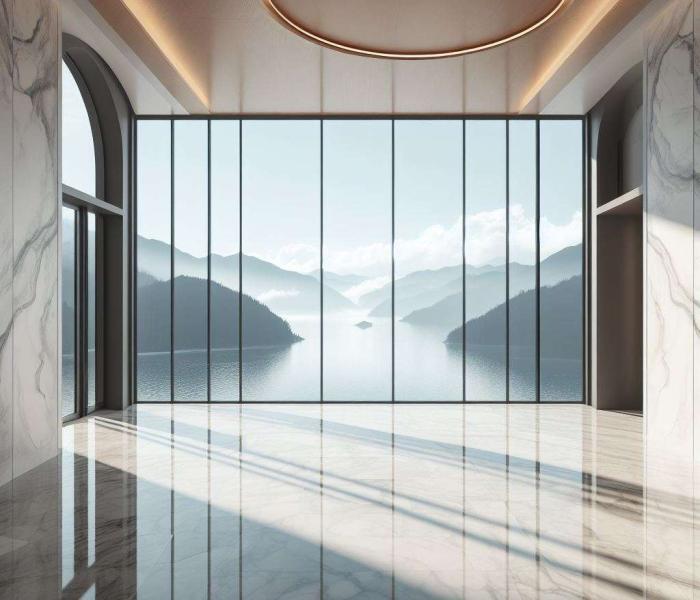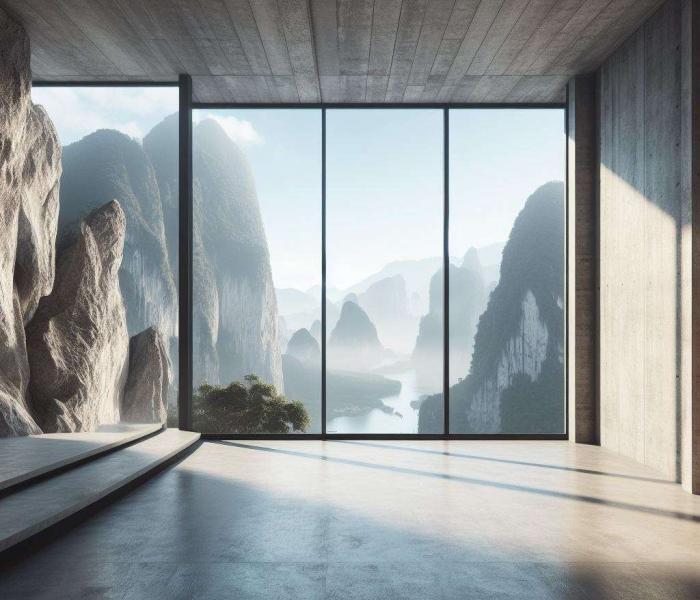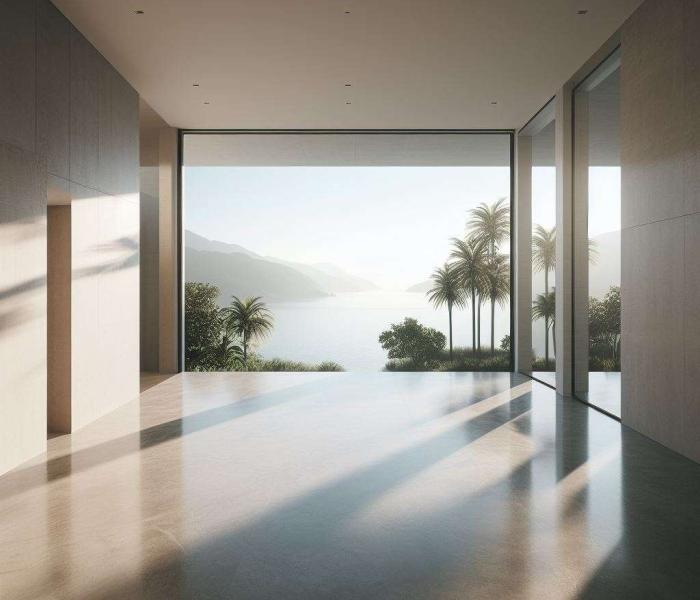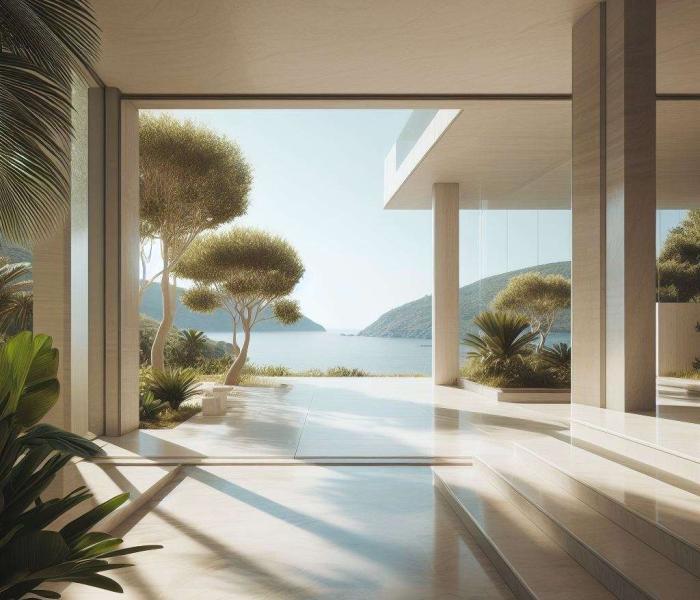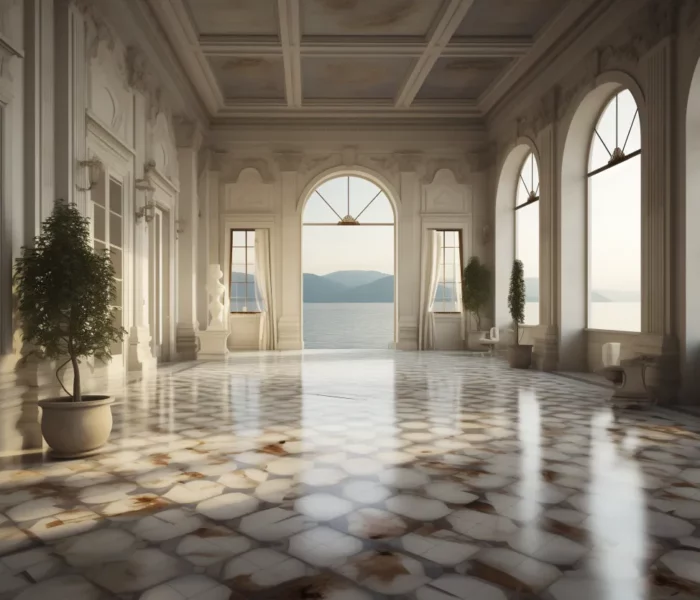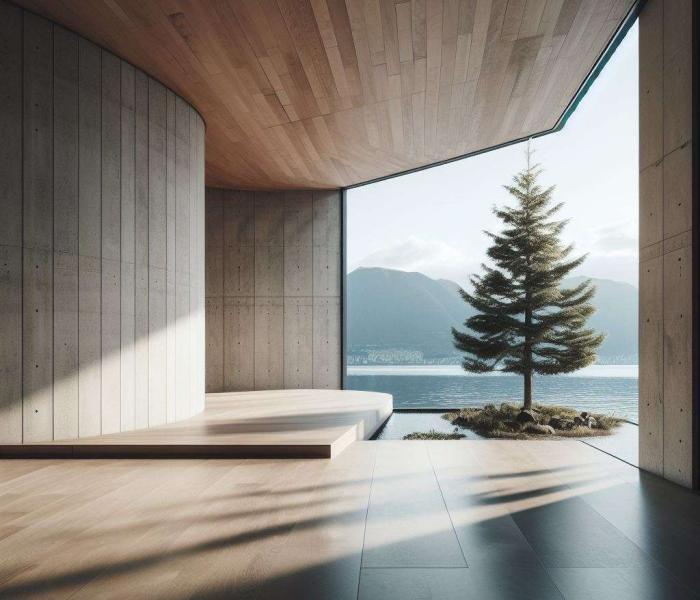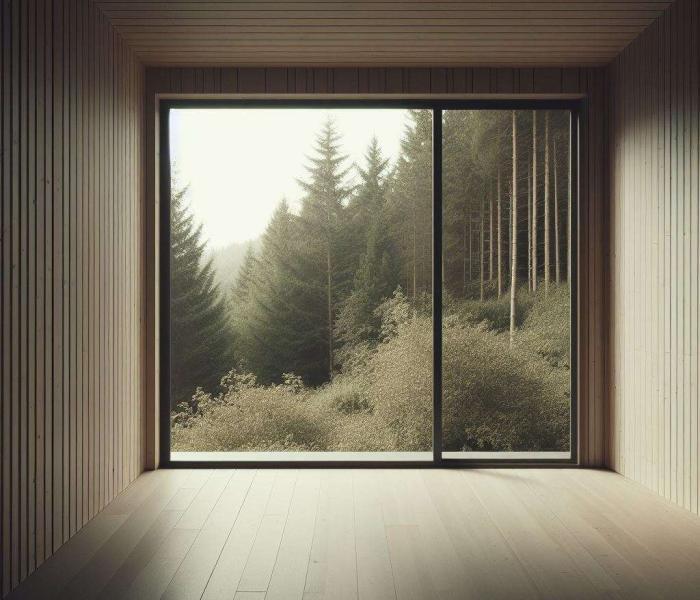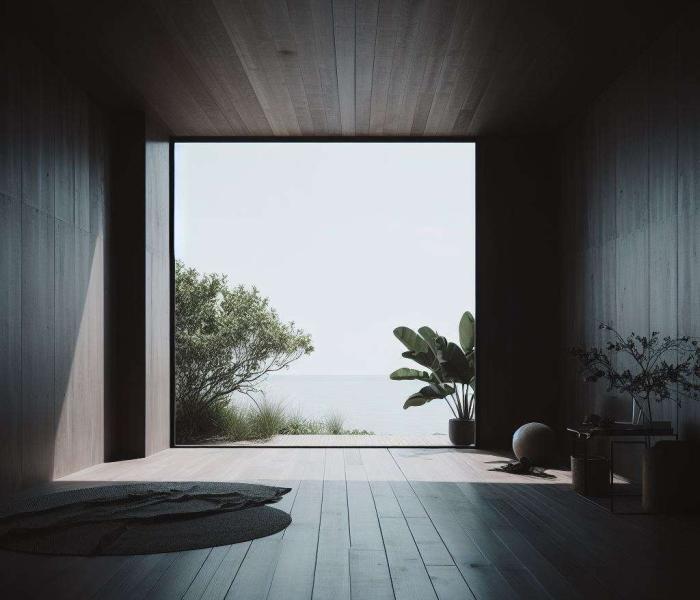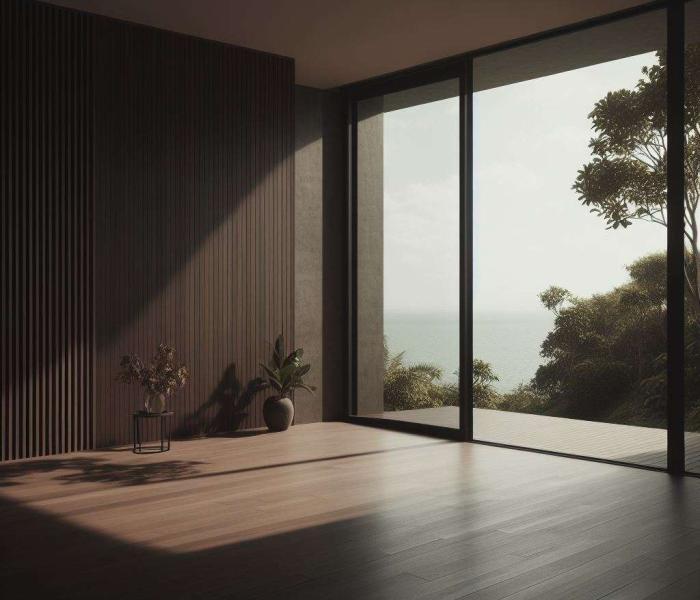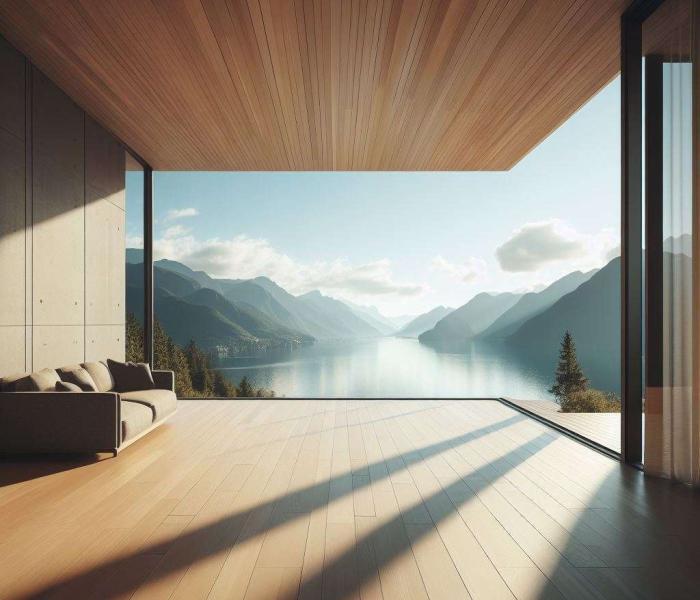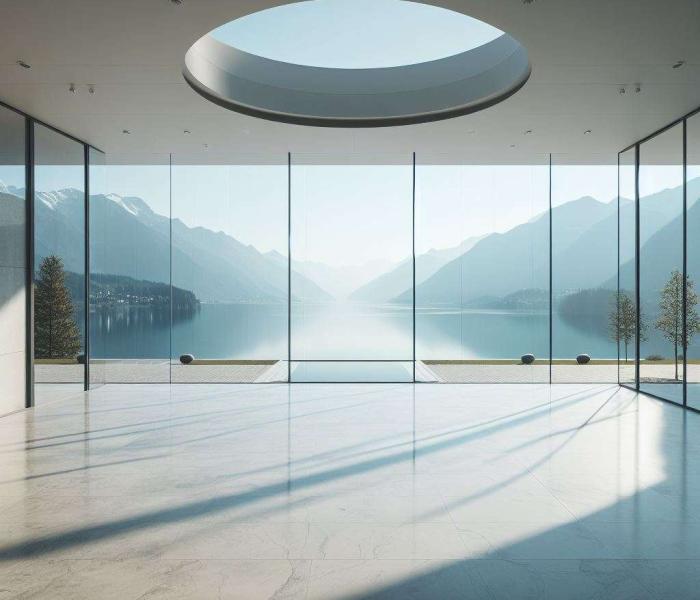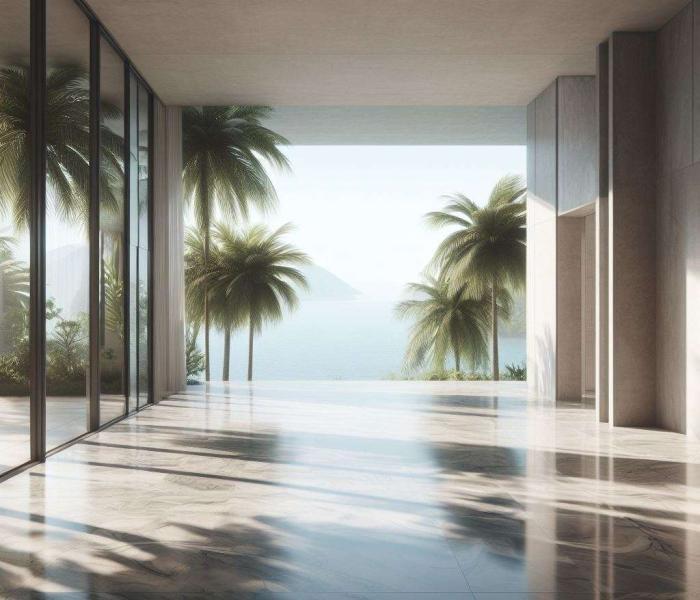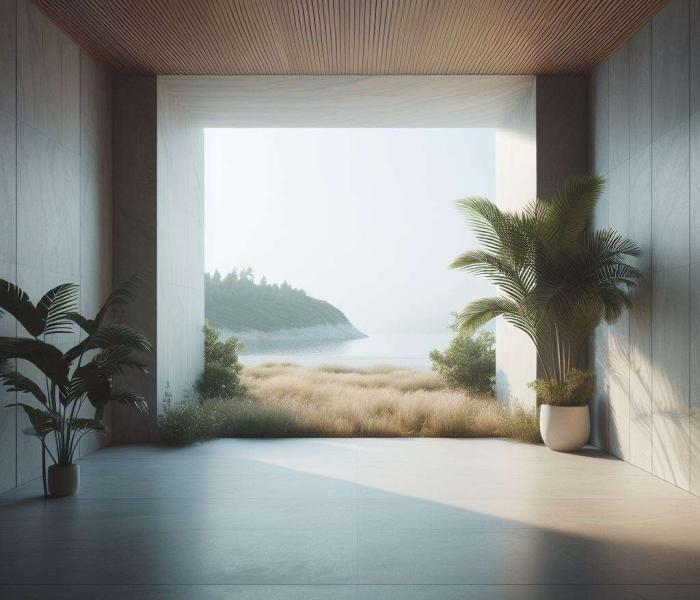AI Based Design
Minimalistic Spaces
In the realm of architecture, minimalistic spaces stand as epitomes of simplicity and sophistication. Embracing the “less is more” philosophy, these designs exude an understated elegance that celebrates clean lines, open spaces, and a focus on essential elements.
A minimalistic space is a canvas of serene simplicity. Its architecture revolves around uncluttered, functional layouts that prioritize purposeful design over unnecessary embellishments. Neutral color palettes, often characterized by shades of white, gray, or earthy tones, create a serene backdrop that amplifies the sense of openness and tranquility.
Architectural elements in minimalistic spaces embody purity and precision. Straightforward geometric forms, unadorned surfaces, and the play of natural light contribute to an atmosphere of refined simplicity. Thoughtful incorporation of materials, such as sleek metals, natural woods, or polished concrete, adds textural depth while maintaining a sense of clarity and order.
Furniture and decor in a minimalistic space follow suit, featuring clean lines and functional pieces that complement the space without overwhelming it. Every item serves a purpose, contributing to an uncluttered and harmonious environment.
The beauty of minimalistic design lies in its ability to create a sense of calm and openness, allowing the mind to breathe amidst the simplicity. It’s a testament to the artistry of restraint, where every element is carefully curated to evoke a feeling of serenity and timeless elegance.

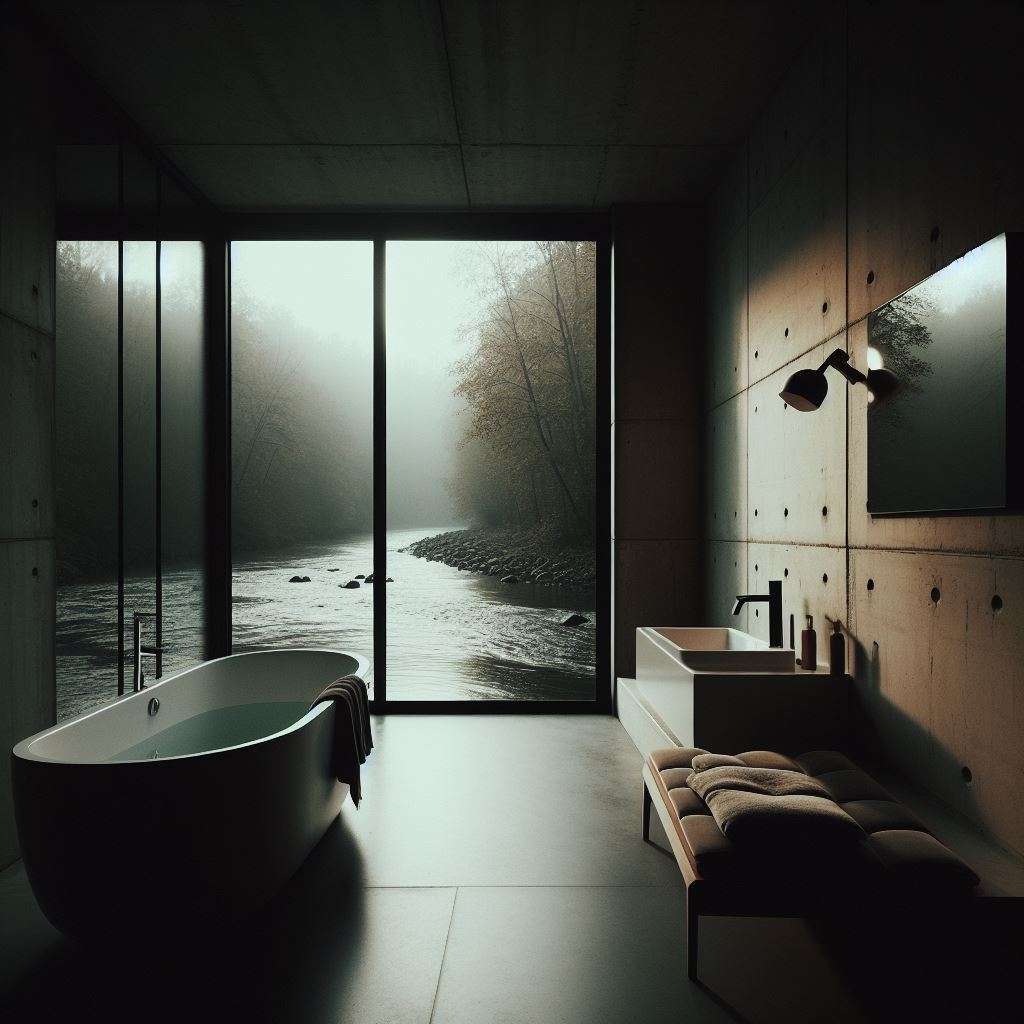
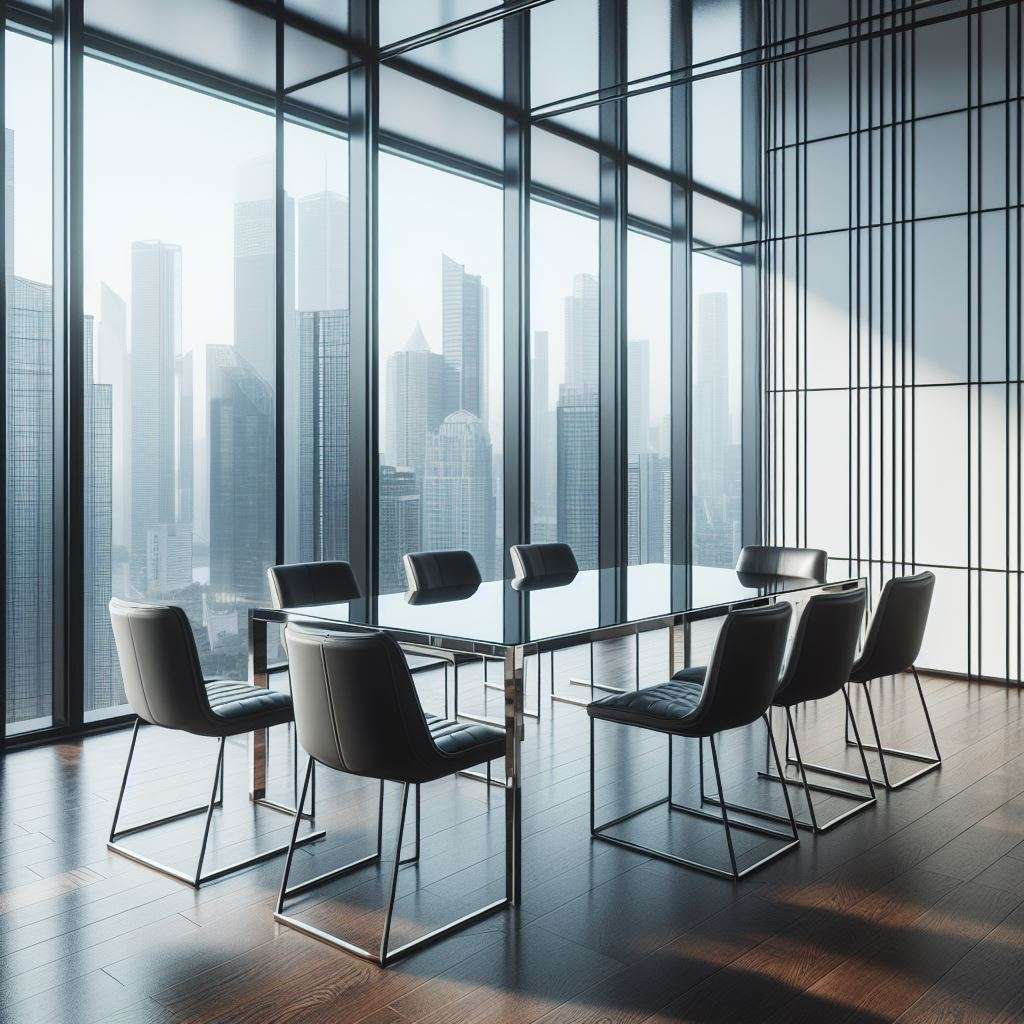
Minimalistic design principles embrace simplicity, functionality, and intentionality to create spaces that are clean, uncluttered, and visually serene. At its core, minimalism focuses on stripping away excess to highlight the essential, allowing each element to breathe and make a deliberate impact.
Central to minimalistic design is the concept of simplicity. This entails paring down to the bare essentials, removing unnecessary ornamentation, and embracing clean lines and geometric shapes. By eliminating clutter and unnecessary embellishments, minimalistic spaces exude a sense of calm and clarity.
Functionality is another key aspect of minimalism. Every element within a minimalist design serves a purpose, whether it’s a piece of furniture, a decorative object, or architectural detail. Furniture and decor are chosen for their utility and practicality, with an emphasis on multi-functional pieces that maximize space efficiency.
In minimalistic design, form follows function, and every design decision is guided by purpose. Materials are selected for their quality, durability, and inherent beauty, with a preference for natural finishes and textures that add warmth and depth to the space.
Color palettes in minimalist design are typically restrained, with a focus on neutral tones such as white, black, gray, and beige. This allows the architecture and design elements to take center stage, while also creating a sense of unity and coherence throughout the space.
Lighting is carefully considered in minimalistic design to enhance the sense of openness and simplicity. Natural light is maximized through the use of large windows and open floor plans, while artificial lighting is used sparingly and strategically to highlight architectural features and create ambiance.
Ultimately, minimalistic design is about creating spaces that are both visually appealing and functional, where every element serves a purpose and contributes to the overall harmony of the environment. By embracing simplicity, intentionality, and restraint, minimalistic design creates timeless and tranquil spaces that promote a sense of well-being and serenity.
